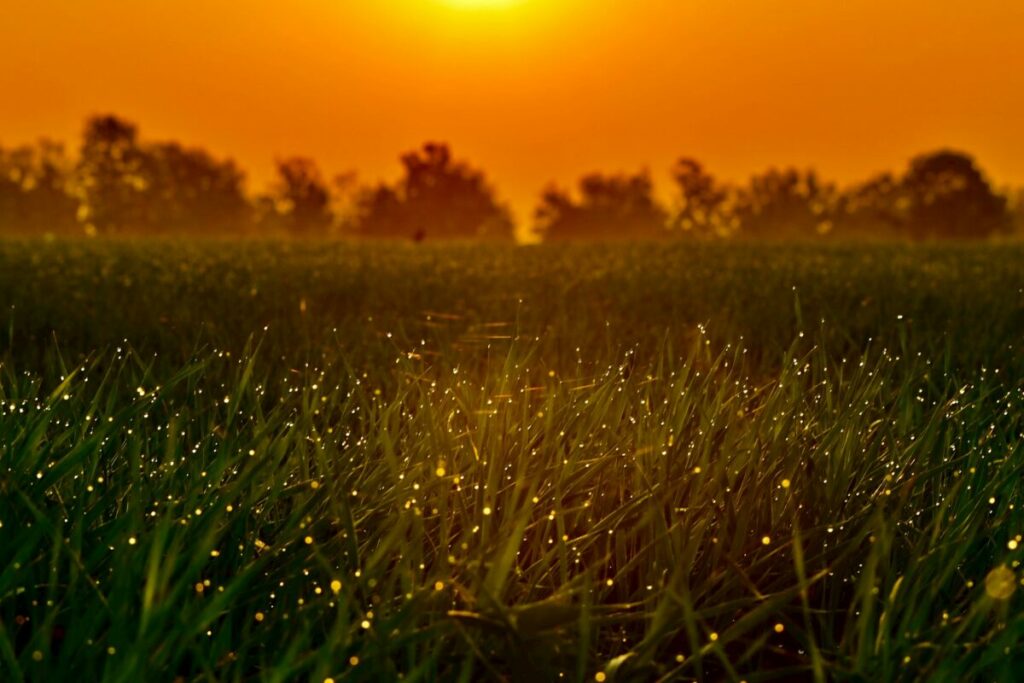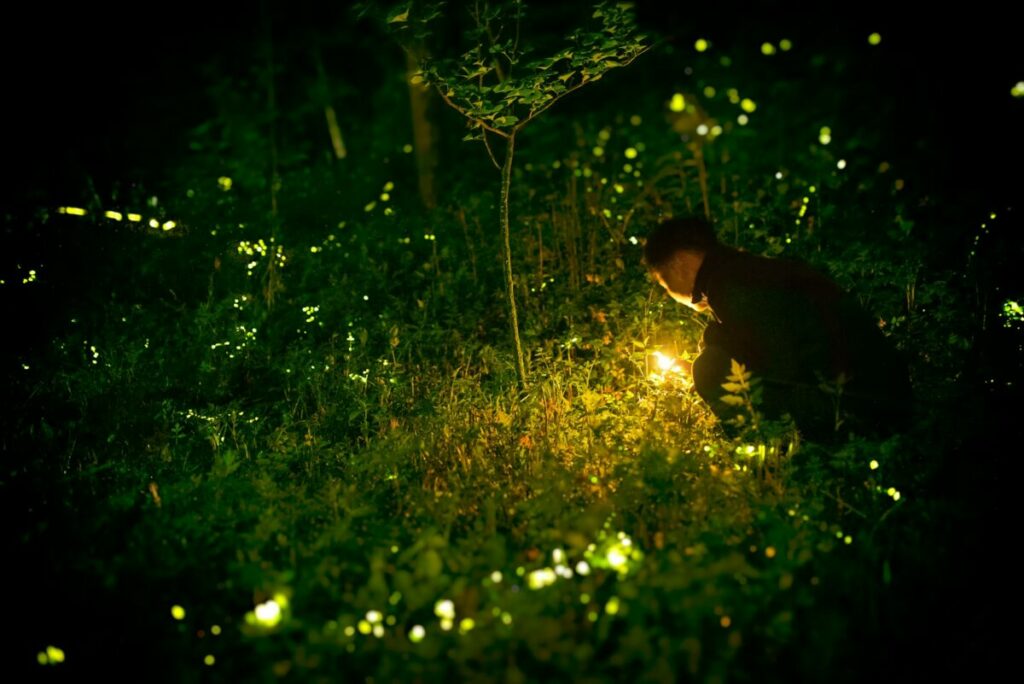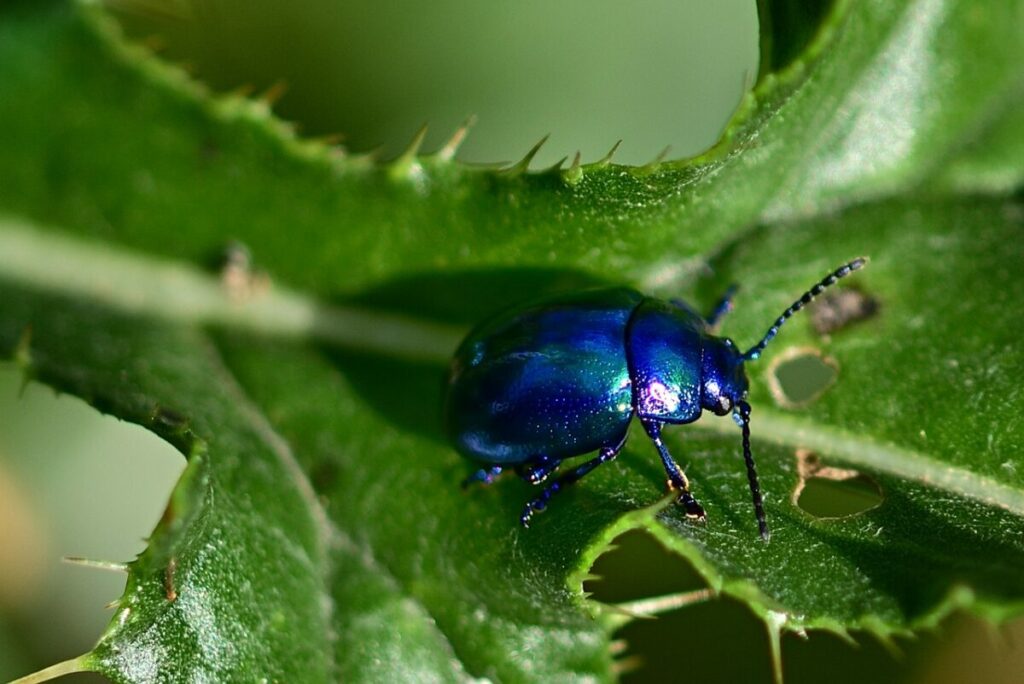If you’re under the impression that flying beetles are bugs, let’s shed some light on this. The world of insects is vast, with over a million identified species and an estimated ten million in total! Beetles alone make up a whopping one-fourth of all animal species. They’re known for their forceful sting and strong jaws, making them formidable predators in the insect world. While some beetles have evolved to be excellent runners, others, the flying beetles, exhibit fascinating flight abilities. But that’s not all – there are even beetles that can swim! Let’s dive deeper into some popular flying beetles.
The Luminous Lightning Bug

The firefly, often referred to as the Lightning Bug, isn’t actually a bug or a fly. Yes, it’s a flying beetle! Fireflies have this unique ability to produce light, which they use to attract their mates. This is a result of a chemical reaction between ATP (adenosine troposphere) and luciferase, which in turn produces light.
Biodiversity in Fireflies

Although North America is home to around sixty species of fireflies, the global count exceeds 2,000, most of whom reside in the lush, tropical regions.
Ladybugs, the Gardeners’ friends

Counted amongst the most favored flying beetles by gardeners, ladybugs are commended for their prowess in eliminating garden pests. Their striking yellow, red, or orange bodies with contrasting spots make them one of the most recognizable insects. As seasons change, ladybugs hibernate, conserving energy for the warmer days. They feed on pests such as scale insects, mealybugs, and aphids, making them a natural pest control agent for your garden.
See Related: Buzzing and Bothered: How to Deal with Flying Bugs
The Diverse Scarabeidae Family

The scare beetle family is home to over 30,000 species of beetles, including a few renowned flying beetles. Drawn to bright lights, the large, brown June Bug is among them, often known for the damage their young cause trees and shrubbery. The Japanese Beetle, a significant agricultural pest, is part of this family, becoming a nemesis to gardeners with their voracious appetite. They’re known to feast on over 200 varieties of plants. The wide array of members in this family highlight the fascinating diversity of flying beetles.
Additional Readings: